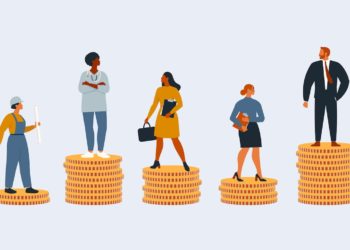In their recently released FY’2022 financial results, Kenya Airways (KQ) recorded a Loss after tax of Kshs 38.3 bn, which is a significant 141.0% increase from the loss after tax of Kshs 15.9 bn in FY’2021.
The performance, the 10th year of straight losses since 2012 leaves a lot of questions on so many people’s minds: The government which has guaranteed Kshs 77.8 bn of Kenya Airways debt, the taxpayer, who will shoulder this debt and the shareholder, who bought shares in the “Pride of Africa” whose trading remains suspended since June 2020. It’s high time each of these stakeholders poses serious questions at Kenya Airways financial performance.
In one of the standout numbers for Kenya Airways, total revenue increased by an impressive 66.3% to Kshs 116.8 bn in 2022 from Kshs 70.2 bn in 2021. Revenues generated were at 91.0% of 2019 pre-covid numbers of Kshs 128.3 bn, also very impressive illustrating the continued recovery of the aviation sector.
Read: KQ Records Kshs 38.3 Billion Loss for FY’2022
Going by the top-line revenue performance, one would expect that a better financial performance in terms of the bottom-line, or at-least see a narrowing of losses. That is before the entry of Kenya Airways’ elephant in the room, operating costs and operating efficiency. Kenya Airways’ operating costs grew by 58.9%, to Kshs 122.4 bn from Kshs 77.0 bn in 2021, effectively wiping out the revenue gains.
One would then ask, why is Kenya Airways so inefficient in its operations? By making operating loss of Kshs 5.6 bn, though 17.4% lower than Kshs 6.8 bn in 2021, it leaves the airline with no breathing space to take up any other expenses and illustrates an issue on revenue generation and costs incurred to generate the revenue. As long as the operating costs are higher than the revenues, the business will always struggle and is doomed for failure.
The operating margin came in at (4.8%), which is lower than (9.7%) in 2021, attributable to the operating loss to fuel costs which were 53.0% of the direct operating expenses. However, International Air Transport Association data places the average range of fuel costs for airlines as a percentage of operating expenses at 25.0%-30.0%, highlighting this could be one of the areas Kenya Airways needs to look at.
The stakeholders would then ask: Is the fleet too old? What is the seat density? (percentage of actual seats in an aircraft cabin compared to the maximum number of seats the aircraft is certified for) Are they flying optimal routes? How does the fuel consumption per passenger airlifted look at?
Read:KQ and South African Airways Announces a Partnership for 2024
To turn the tide around and return to profitability, operational efficiency is definitely the area to optimize. The current operating margin of (4.8%) is much lower than the global average of 0.4%, with the sector still in the recovery phase. As we fully return to 2019 levels, Kenya Airways should aim at the minimum to get to the 2019 global operating margin of 5.2% in 2023, to warrant the support they get from the stakeholders.
Email your news TIPS to editor@thesharpdaily.com


![[Photo/Courtesy]](https://thesharpdaily.com/wp-content/uploads/Kenya-Airways-750x375.jpg)















